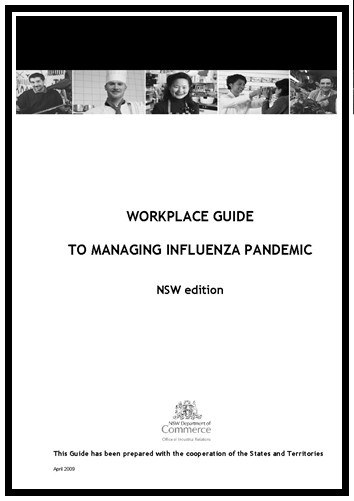The comments on the Australian Government’s response to the report into Australia’s model OHS laws have been pretty muted. There were the obligatory compliments from those in favour and the obligatory criticisms from those against but both types of response were in the immediate aftermath of the Workplace Relations Ministers’ Council meeting in mid-May 2009.
Going from the institutional and media quiet, there must be few changes that are expected to have any great impact. Law firm Blake Dawson released their take on the government’s response. Here is their advice to employers – pretty much “wait and see”:
Lessons for employers
- The decisions made by the WRMC on the proposed national model OHS Act will bring changes to virtually all areas of OHS in all Australian jurisdictions.
- All employers and other duty holders should carefully review the model OHS Act upon its release and consider whether changes need to be made in advance of the laws being enacted.
- Particular areas of focus are likely to be:
- ensuring all duty holders have a clear understanding of the nature and scope oftheir duties and obligations;
- ensuring that officers of corporations are taking proactive steps to promote health and safety;
- in respect of some Australian jurisdictions (eg NSW) preparation for the introduction of health and safety representatives and the role that HSRs may play in an organisation;
- thorough preparation for regulator investigations.
It is strongly recommended that their full “alert” be read for interest.


![HSS0075-Real -3.477447e+266state-Property 51804944nspection afety[1] HSS0075-Real -3.477447e+266state-Property 51804944nspection afety[1]](http://safetyatworkblog.files.wordpress.com/2009/05/hss0075-real-3-477447e266state-property-51804944nspection-afety1.jpg?w=212)